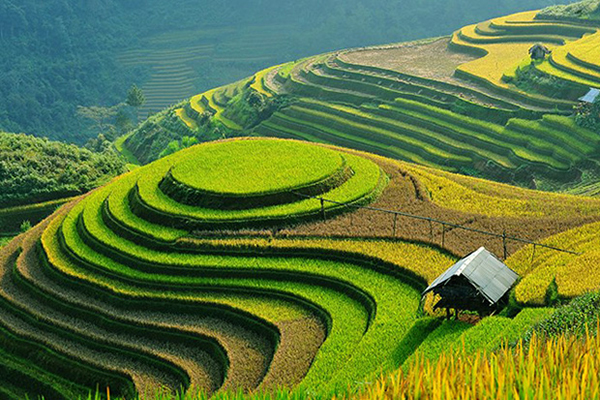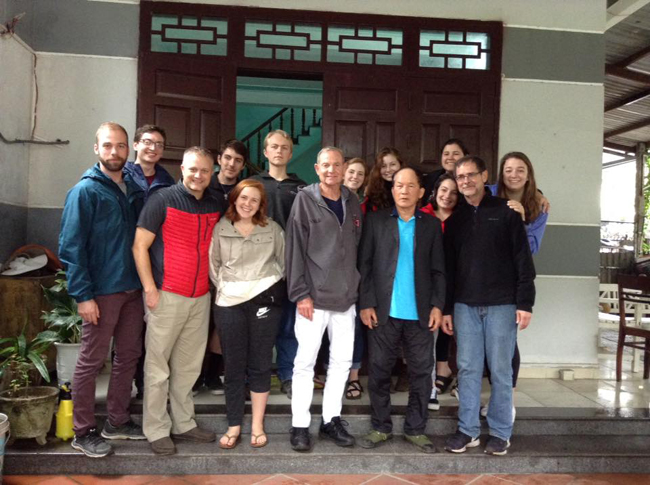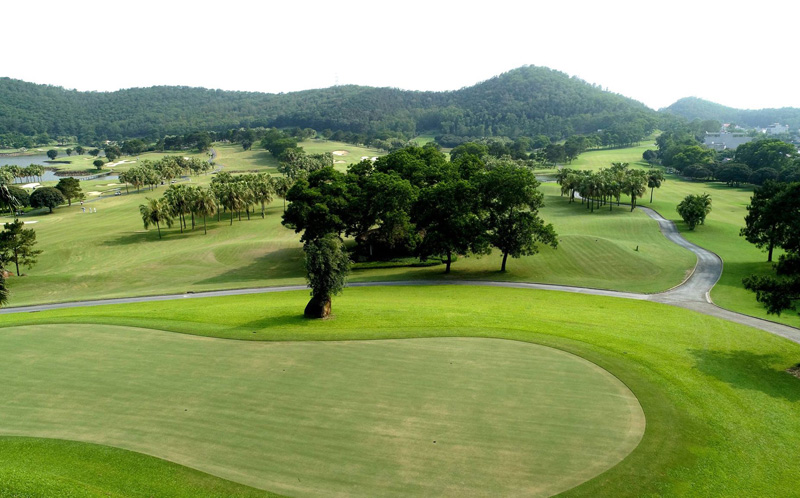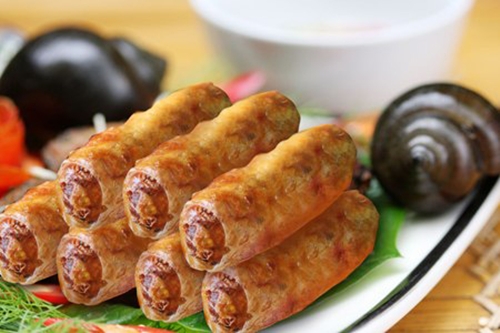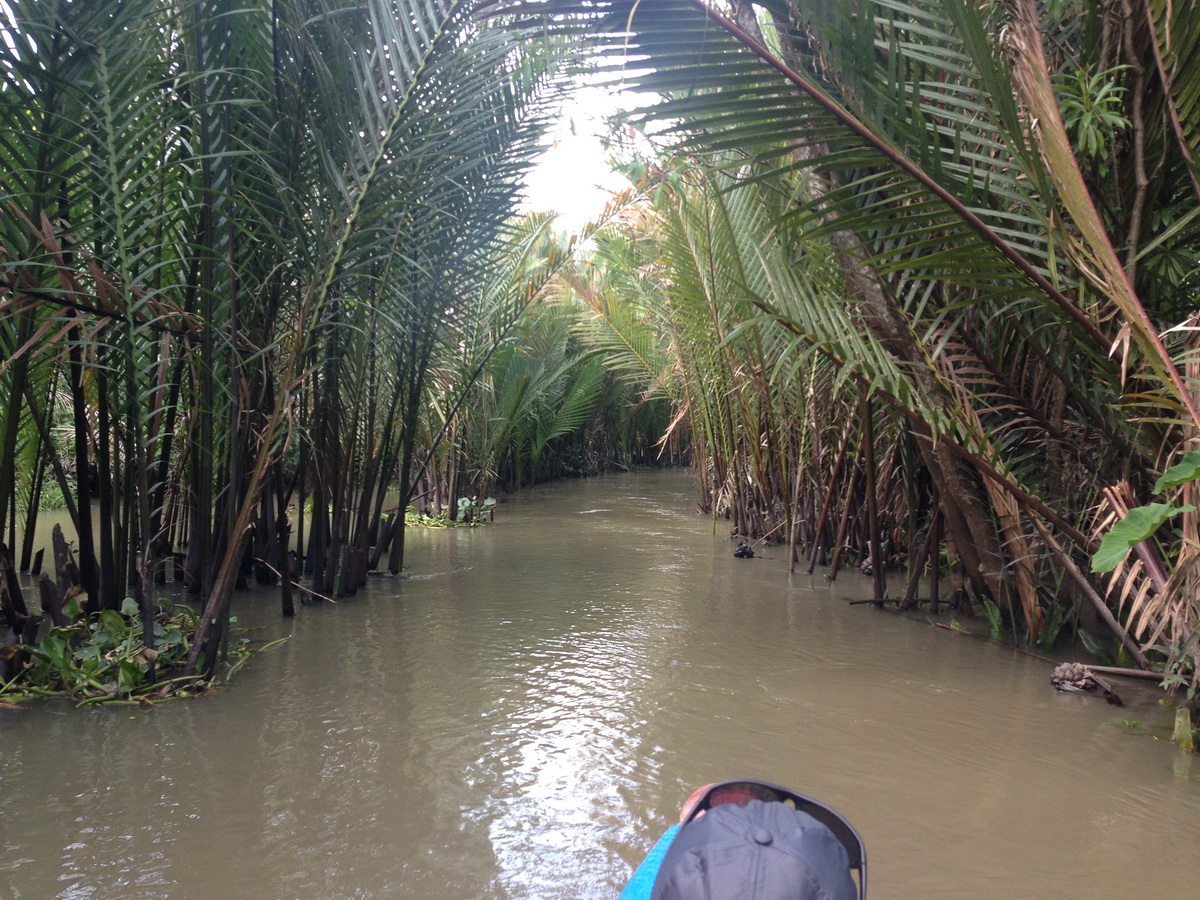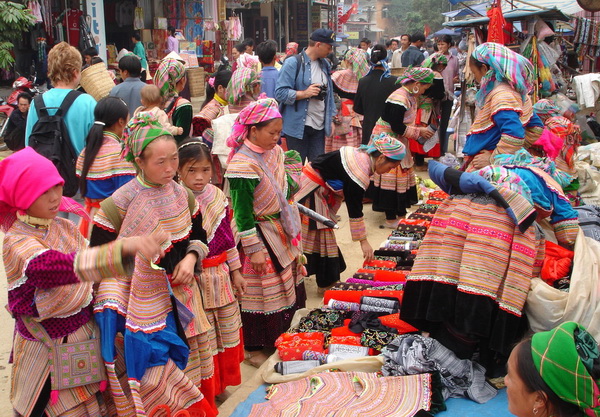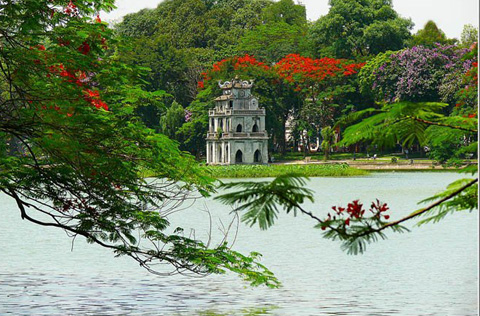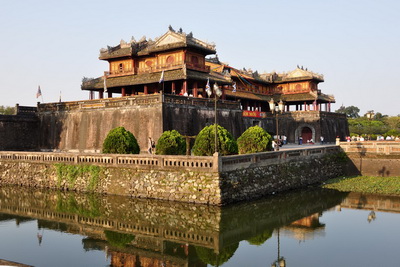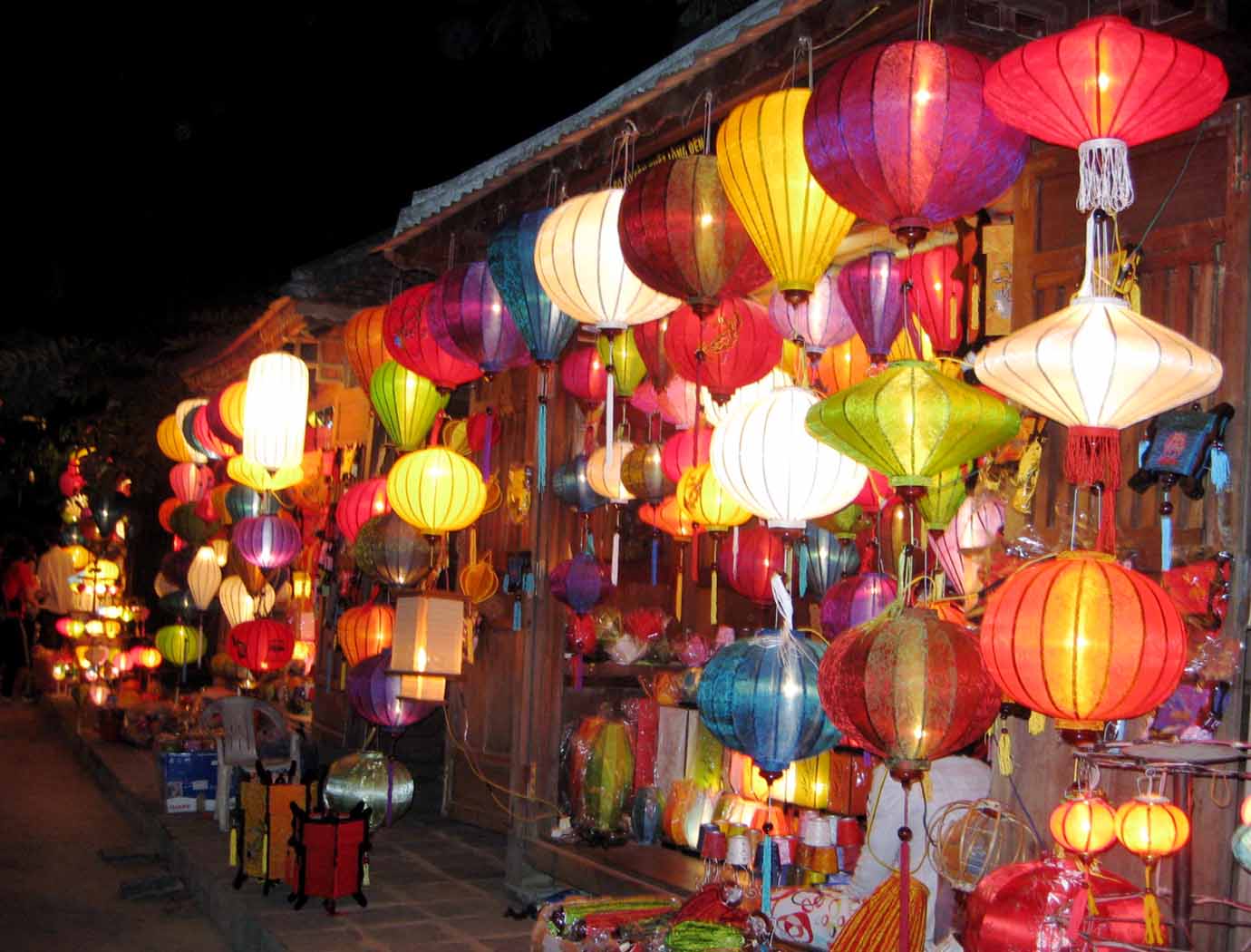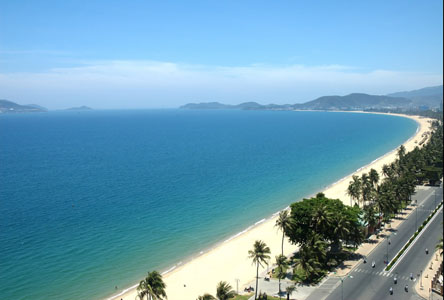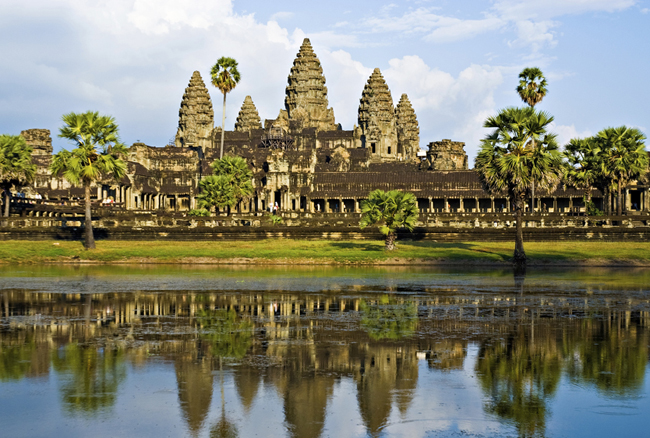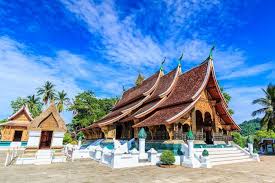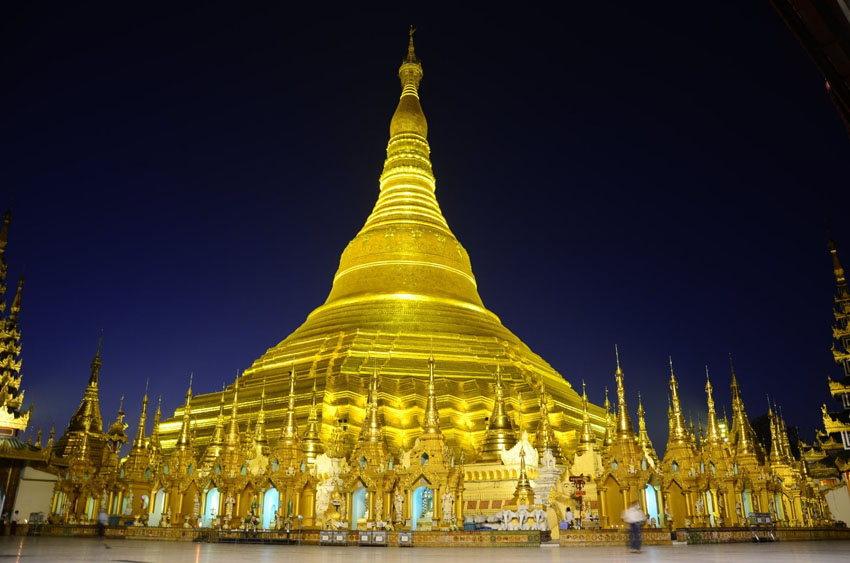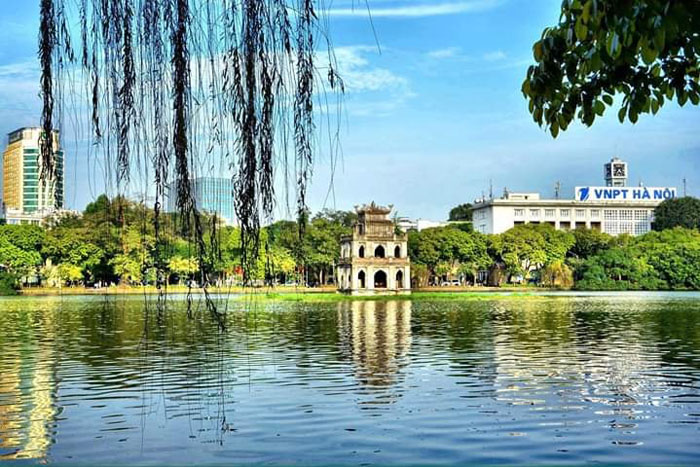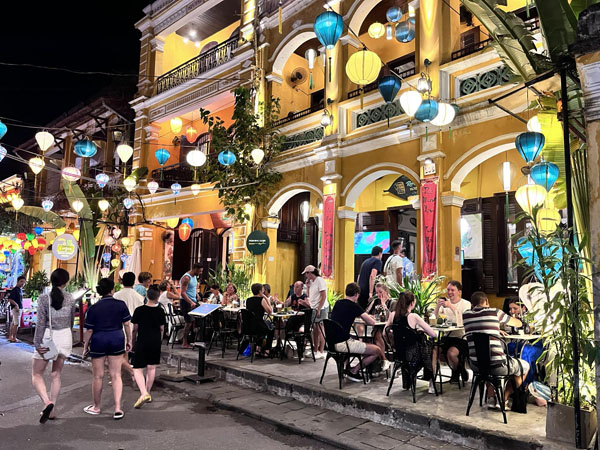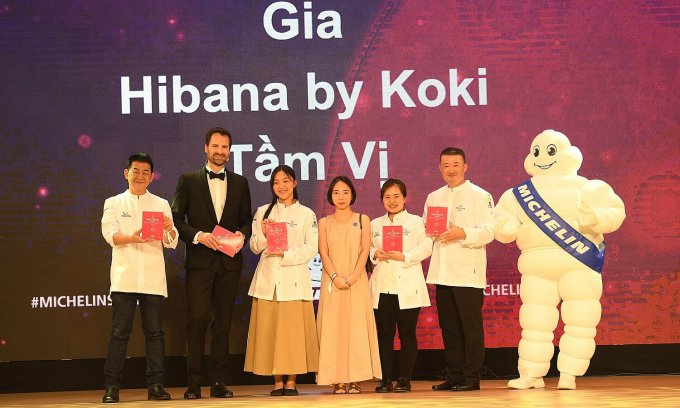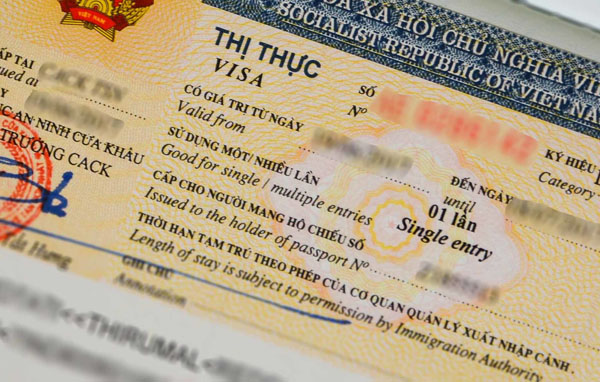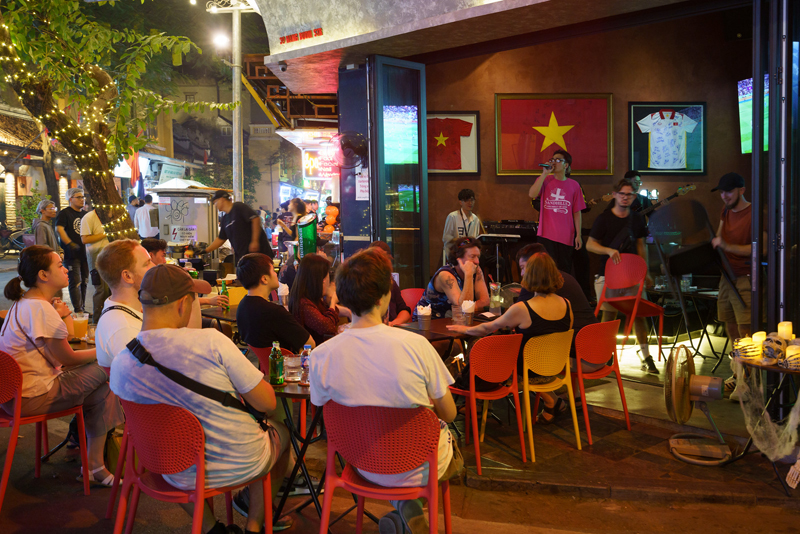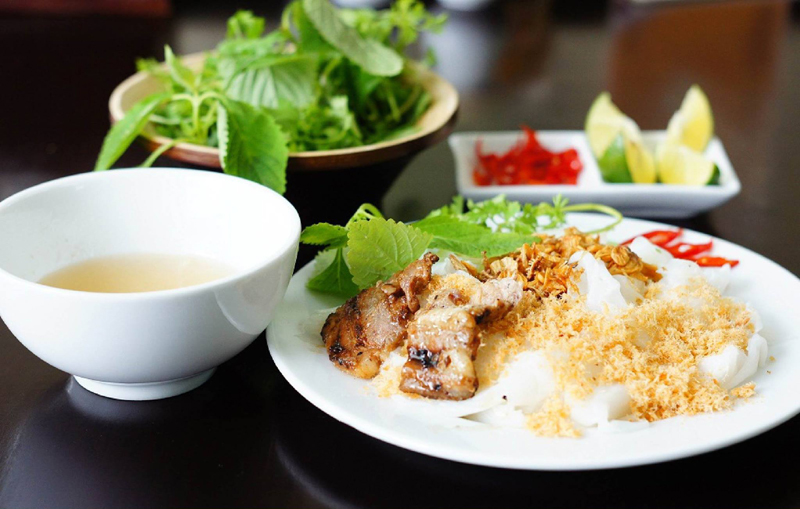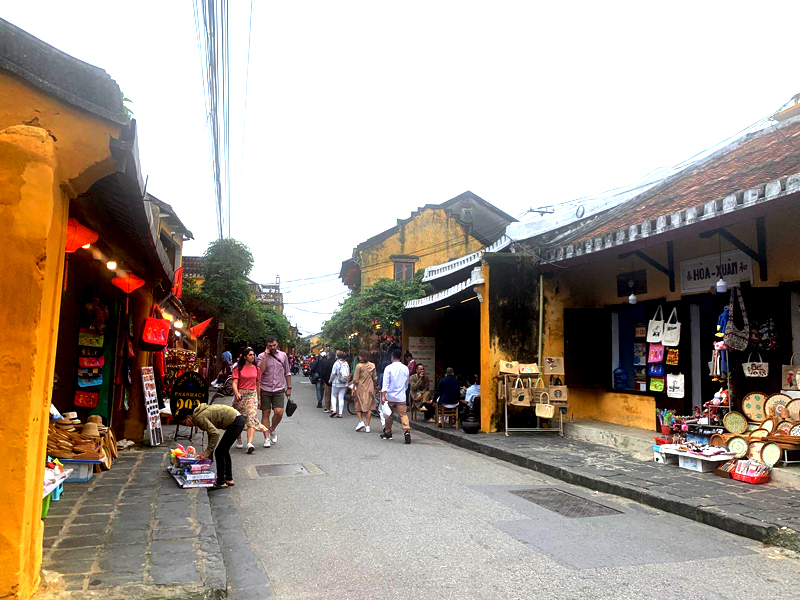UNESCO-inscribed Mother Goddess worship featured at Hanoi's museum
An exhibition of Mother Goddess worship and performance of hau dong contribute to promoting the nation's traditional culture.
Nguyen Duc Hien holds a sword that simulates the riding movements of Hoang Muoi Lord, a deity of Mother Goddess worship who is credited with helping to liberate the people of the central region of Nghe An by repelling foreign invaders.
Hien is performing the hau dong (mediumship) ritual amid the applause and cheers of the audience. It is part of the cultural experience program Mother Goddess Worship: Heart-Beauty-Joy with an exhibition space and a hau dong performance held at the Vietnamese Women's Museum, Hanoi.
The program aims to honor the practice of Mother Goddess worship, which was inscribed as UNESCO's Intangible Cultural Heritage in 2016, and promote the nation's traditional culture to the domestic and international public.
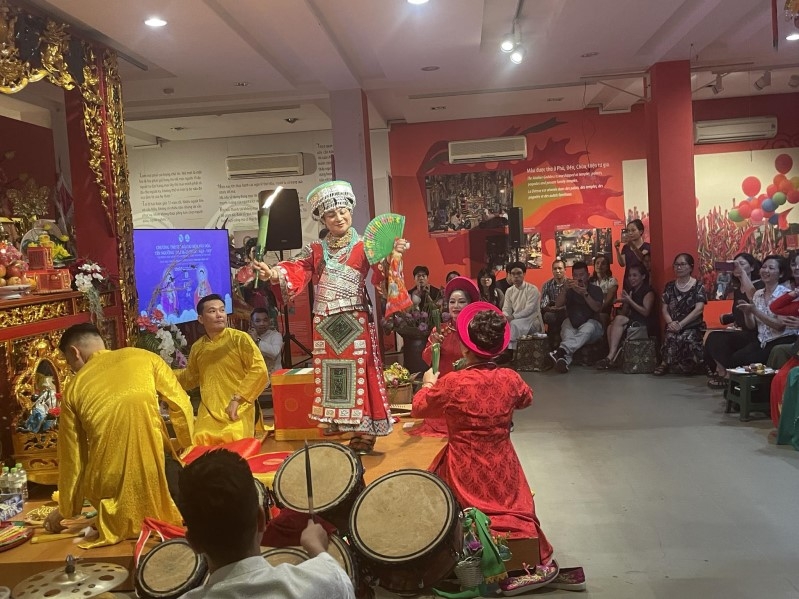
The Mother Goddess Worship: Heart-Beauty-Joy program attracts audience's attention. Photo: Ngo Minh/The Hanoi Times
In a novel setting – a cultural experience that stimulates all the senses – the 90-minute performance transports the audience to the emotional depths of the ritual's practice.
People have a chance to see installation art related to Mother Goddess worship, immerse in the space of adoration music, an indispensable element in performing the hau dong ritual, smell the incense in a mysterious space, touch the collection of dolls in the shape of deities, and feel the joy of cheerful Hau Dong performance.
General Director Nguyen Xuan Thanh Tung said that the cultural experience program is built on the foundation of the exhibition space Mother Goddess Worship: Heart-Beauty-Joy set up in 2012 at the Vietnamese Women's Museum, introducing the core values of belief through the voices and experiences of people following Mother Goddess worship in Hanoi and some northern provinces. It contributes to a better understanding of the unique, long-standing faith of the Vietnamese people.
This experience program has the participation of PhD, Meritorious Artisan Nguyen Duc Hien, a medium in charge of expertise and directly participates in the performance.
He said that the criteria for building the program are to ensure the sacredness and majesty of the deities while also being artistic and expressing the core values of belief.
After a trial period, the organizer will conduct a survey. If the program receives a positive response from foreign guests, Hien will explain the content to guests in English, contributing to the promotion of Vietnamese traditional culture. He once introduced hau dong on CNN channel and was the first person to bring hau dong costumes to the modern fashion stage.
"The worship of mother goddesses is a purely Vietnamese folk belief. It has a long history and has adapted to social changes. Today, this belief is widely practiced throughout Vietnam and in Vietnamese communities overseas. It addresses the concerns of daily life and the desire for good health and happiness. Worshippers find great emotional support in their faith, and it attracts followers from all walks of life," Hien said.
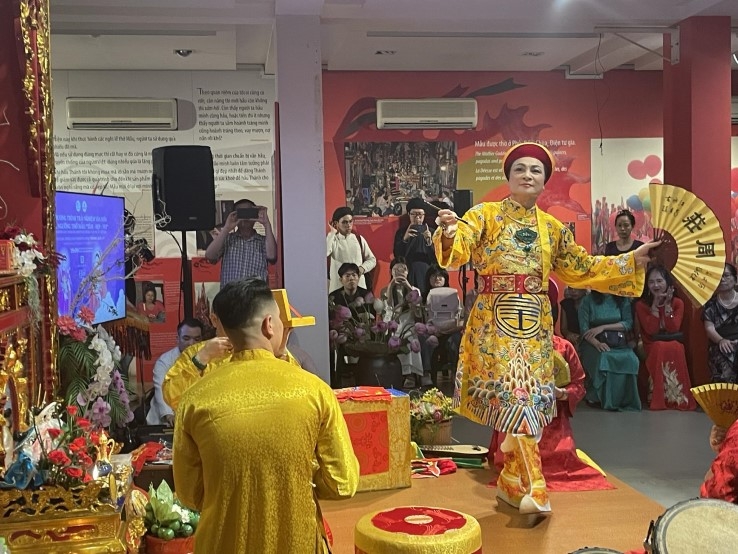
Medium Nguyen Duc Hien presents the role of Hoang Muoi Lord, a deity of Mother Goddess worship. Photo: Ngo Minh/The Hanoi Times
People believe that the Mother Goddess is the supreme deity who has been reincarnated as the three Mother Goddesses – Heaven, Earth, Water, and Mountains and Forests – who look after all things. The Mother Goddess is worshipped in spacious palaces and temples and on small household altars in various configurations along with local deities. Mother Goddess worshippers consider her as the mother of all who always protects and supports them, giving them happiness, strength, and faith to overcome natural calamities, misfortunes, and illnesses, and giving them a peaceful and prosperous life.
The Mother Goddesses reside on the altar where devotees come to ask for blessings. The altar is always kept clean and carefully arranged. Spirit mediums perform hau dong, the central ritual of mother goddess worship, on a platform in front of the altar. In anticipation of a ritual, the altar is beautifully prepared with many trays full of offerings, votive paper, and enormous vases of flowers.
Hau dong, a theatrical ritual form, is central to the worship of the Mother Goddesses. Mediums incarnate the gods with characteristic facial expressions and movements in the sacred space of the ritual. When the audience sees incarnate deities dancing in their exquisite costumes and listens to cung van music, reliving the stories of national heroes and heroines while sitting in a ritual area decorated with vibrant colors, they somehow go into a trance.
When spirit mediums impersonate a god, the music, the encouragement of the audience, and the atmosphere of the ritual inspire them to dance more vivaciously and to mime the characteristic gestures and personality of the god more authentically. Also essential is the coordinated effort of skilled assistants who prepare and change the costumes and props, and dress and groom the medium.
According to Hien, costumes are important signs that identify different deities in their incarnations. Wearing a beautiful costume while dancing encourages the spirit medium to be in a more ecstatic state, thus making the audience more excited as well.
The interaction between the medium, the audience, and the musicians in the ritual space generates an accelerating sense of joy until the ecstatic participants are able to forget all the sorrows of their daily lives. This sense of joy grows as the spectators receive distributions of the gods' spiritual and material fortunes, believing that a fragment of the gods' fortune is equal to a load of earthly fortune.
When Hien performs for the deities, he releases loc (divine favor or blessing) for the audience. People who receive loc (flowers, sweets, money, or bracelets) believe it is blessed by the deities and will bring good fortune to themselves and their families. Everyone feels happy when they receive it.
The program will be open to the public every Friday and Saturday evening starting June 14 at the Vietnamese Women's Museum, 36 Ly Thuong Kiet Street, Hanoi.
The worship of the Mother Goddesses of the three realms (Heaven, Water, and Mountains and Forests) was inscribed by UNESCO in 2016 as an Intangible Cultural Heritage of Humanity.
Sourse: Hanoitimes
Hien is performing the hau dong (mediumship) ritual amid the applause and cheers of the audience. It is part of the cultural experience program Mother Goddess Worship: Heart-Beauty-Joy with an exhibition space and a hau dong performance held at the Vietnamese Women's Museum, Hanoi.
The program aims to honor the practice of Mother Goddess worship, which was inscribed as UNESCO's Intangible Cultural Heritage in 2016, and promote the nation's traditional culture to the domestic and international public.

The Mother Goddess Worship: Heart-Beauty-Joy program attracts audience's attention. Photo: Ngo Minh/The Hanoi Times
In a novel setting – a cultural experience that stimulates all the senses – the 90-minute performance transports the audience to the emotional depths of the ritual's practice.
People have a chance to see installation art related to Mother Goddess worship, immerse in the space of adoration music, an indispensable element in performing the hau dong ritual, smell the incense in a mysterious space, touch the collection of dolls in the shape of deities, and feel the joy of cheerful Hau Dong performance.
General Director Nguyen Xuan Thanh Tung said that the cultural experience program is built on the foundation of the exhibition space Mother Goddess Worship: Heart-Beauty-Joy set up in 2012 at the Vietnamese Women's Museum, introducing the core values of belief through the voices and experiences of people following Mother Goddess worship in Hanoi and some northern provinces. It contributes to a better understanding of the unique, long-standing faith of the Vietnamese people.
This experience program has the participation of PhD, Meritorious Artisan Nguyen Duc Hien, a medium in charge of expertise and directly participates in the performance.
He said that the criteria for building the program are to ensure the sacredness and majesty of the deities while also being artistic and expressing the core values of belief.
After a trial period, the organizer will conduct a survey. If the program receives a positive response from foreign guests, Hien will explain the content to guests in English, contributing to the promotion of Vietnamese traditional culture. He once introduced hau dong on CNN channel and was the first person to bring hau dong costumes to the modern fashion stage.
"The worship of mother goddesses is a purely Vietnamese folk belief. It has a long history and has adapted to social changes. Today, this belief is widely practiced throughout Vietnam and in Vietnamese communities overseas. It addresses the concerns of daily life and the desire for good health and happiness. Worshippers find great emotional support in their faith, and it attracts followers from all walks of life," Hien said.

Medium Nguyen Duc Hien presents the role of Hoang Muoi Lord, a deity of Mother Goddess worship. Photo: Ngo Minh/The Hanoi Times
People believe that the Mother Goddess is the supreme deity who has been reincarnated as the three Mother Goddesses – Heaven, Earth, Water, and Mountains and Forests – who look after all things. The Mother Goddess is worshipped in spacious palaces and temples and on small household altars in various configurations along with local deities. Mother Goddess worshippers consider her as the mother of all who always protects and supports them, giving them happiness, strength, and faith to overcome natural calamities, misfortunes, and illnesses, and giving them a peaceful and prosperous life.
The Mother Goddesses reside on the altar where devotees come to ask for blessings. The altar is always kept clean and carefully arranged. Spirit mediums perform hau dong, the central ritual of mother goddess worship, on a platform in front of the altar. In anticipation of a ritual, the altar is beautifully prepared with many trays full of offerings, votive paper, and enormous vases of flowers.
Hau dong, a theatrical ritual form, is central to the worship of the Mother Goddesses. Mediums incarnate the gods with characteristic facial expressions and movements in the sacred space of the ritual. When the audience sees incarnate deities dancing in their exquisite costumes and listens to cung van music, reliving the stories of national heroes and heroines while sitting in a ritual area decorated with vibrant colors, they somehow go into a trance.
When spirit mediums impersonate a god, the music, the encouragement of the audience, and the atmosphere of the ritual inspire them to dance more vivaciously and to mime the characteristic gestures and personality of the god more authentically. Also essential is the coordinated effort of skilled assistants who prepare and change the costumes and props, and dress and groom the medium.
According to Hien, costumes are important signs that identify different deities in their incarnations. Wearing a beautiful costume while dancing encourages the spirit medium to be in a more ecstatic state, thus making the audience more excited as well.
The interaction between the medium, the audience, and the musicians in the ritual space generates an accelerating sense of joy until the ecstatic participants are able to forget all the sorrows of their daily lives. This sense of joy grows as the spectators receive distributions of the gods' spiritual and material fortunes, believing that a fragment of the gods' fortune is equal to a load of earthly fortune.
When Hien performs for the deities, he releases loc (divine favor or blessing) for the audience. People who receive loc (flowers, sweets, money, or bracelets) believe it is blessed by the deities and will bring good fortune to themselves and their families. Everyone feels happy when they receive it.
The program will be open to the public every Friday and Saturday evening starting June 14 at the Vietnamese Women's Museum, 36 Ly Thuong Kiet Street, Hanoi.
The worship of the Mother Goddesses of the three realms (Heaven, Water, and Mountains and Forests) was inscribed by UNESCO in 2016 as an Intangible Cultural Heritage of Humanity.
Sourse: Hanoitimes

